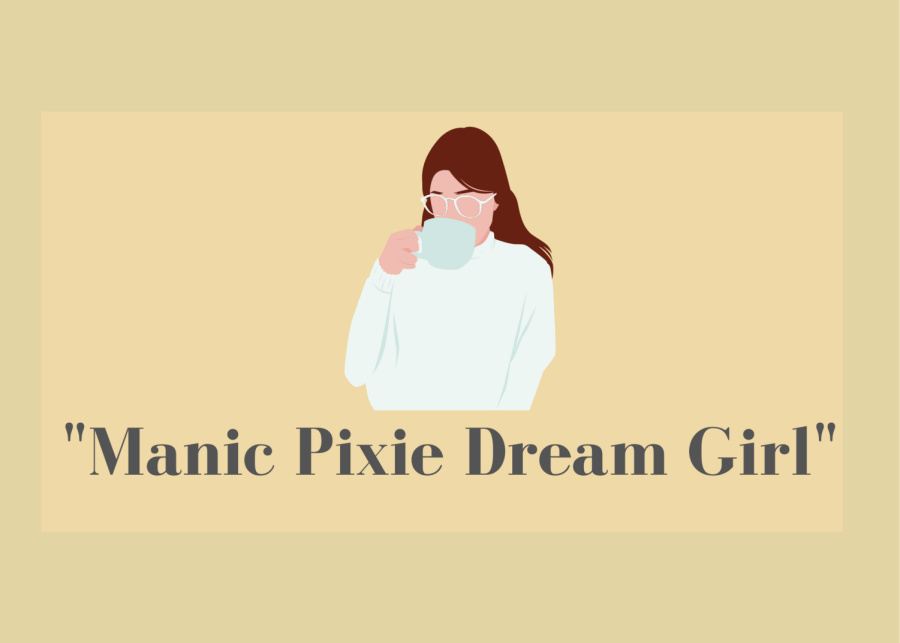Not Another Manic Pixie Dream Girl
Women are not free therapy, women are not antidepressants, and women don’t exist to fix their partner’s problems. However, the all-too-common ‘Manic Pixie Dream Girl’ stereotype tells them otherwise.
The Manic Pixie Dream Girl is a female young adult character in a movie, book or TV show that is seen as quirky or different from the other girls in the story because of her interests, personality, or otherwise, which makes her attractive to the emotionally scarred, and usually stunted, male lead. Throughout the story, the Manic Pixie Dream Girl becomes closer, and usually romantically involved, with the male lead over a shared interest or feelings of isolation from their peers and as their relationship progresses the she teaches the man a life lesson, typically at her own expense. Some famous examples of this are Sam in Garden State, Ramona Flowers in Scott Pilgrim vs. The World, and Summer in 500 Days of Summer.
These characters are almost exclusively written by men for stories about men, and are intended for young adult audiences. This gives young women the expectation that they exist to fix a man, which can be detrimental to their self worth in relationships and can give young men the idea that they can rely on women to solve their problems instead of dealing with them in a healthy way.
The ‘Manic Pixie Dream Girl’ trope paints the perfect woman as one that rejects all traditional aspects of femininity, unless the protagonist considers it to be attractive. It paints things associated with women and femininity, such as showing emotion or caring about your appearance, as bad and unattractive, unless her emotion is directed towards the protagonist or she is changing her appearance to please him.
The trope has been deemed ‘feminist’ and ‘empowering’ by some, because it portrays women who fall outside of societal norms in a positive way which wasn’t present in films before the trope became popular. While supporting young women in non-stereotypical hobbies and careers is commendable, the Manic Pixie Dream Girl trope does so by putting down the women who do enjoy traditionally feminine things by showing them as dumb or superficial. Or by showing that a woman with non-stereotypical interests only has them for male validation, the same way other movies would make more traditionally attractive female characters. This is no better than the past examples of more traditionally attractive female characters putting down the more different or non-traditional ones.
The media has a complex relationship with the representation of women using unrealistic beauty standards, demeaning tropes or refusing to portray their stories entirely. There have been many examples of once beloved movies, T.V. shows, and books not holding up to the modern day. With changing times the public has become less tolerant of the blatantly misogynistic movies and stopped seeing and supporting them. But many more discreetly misogynistic tropes in movies, such as the Manic Pixie Dream Girl, slip through the cracks and still influence the public and negatively impact the way women are seen and see themselves.
Sarah Conroy (She/Her) is a Senior at Shaker High School and this is her first year as a the Lead Writer fourth year with The Bison as a member of the...


